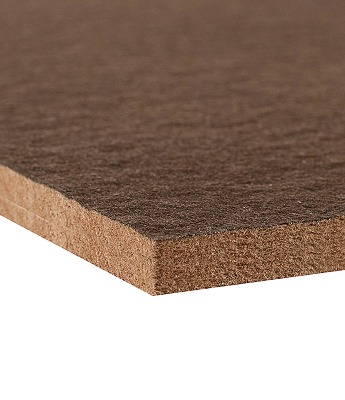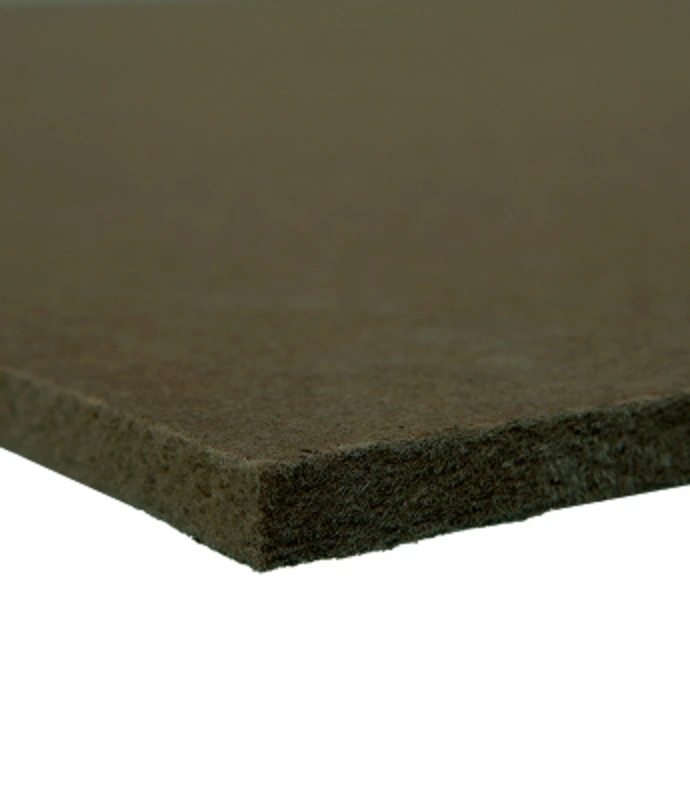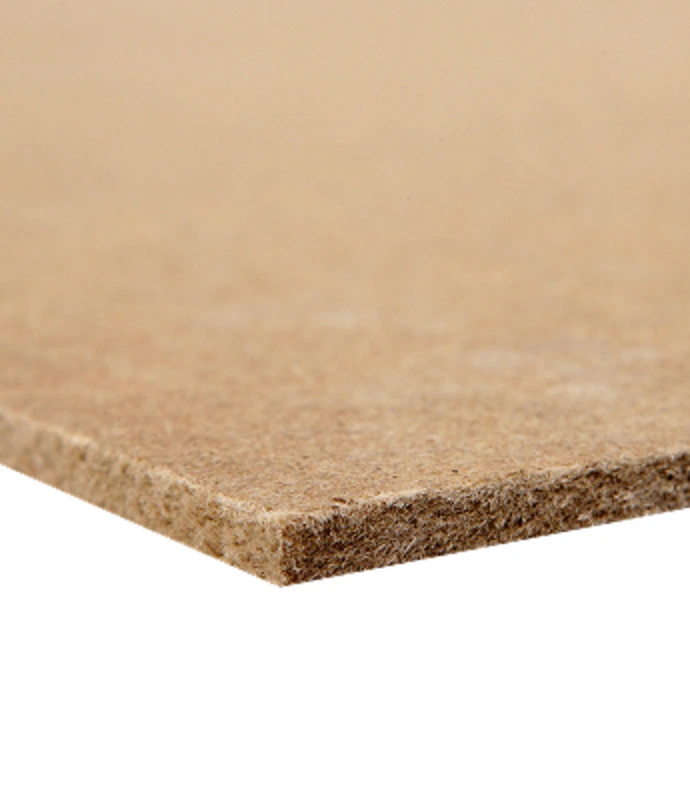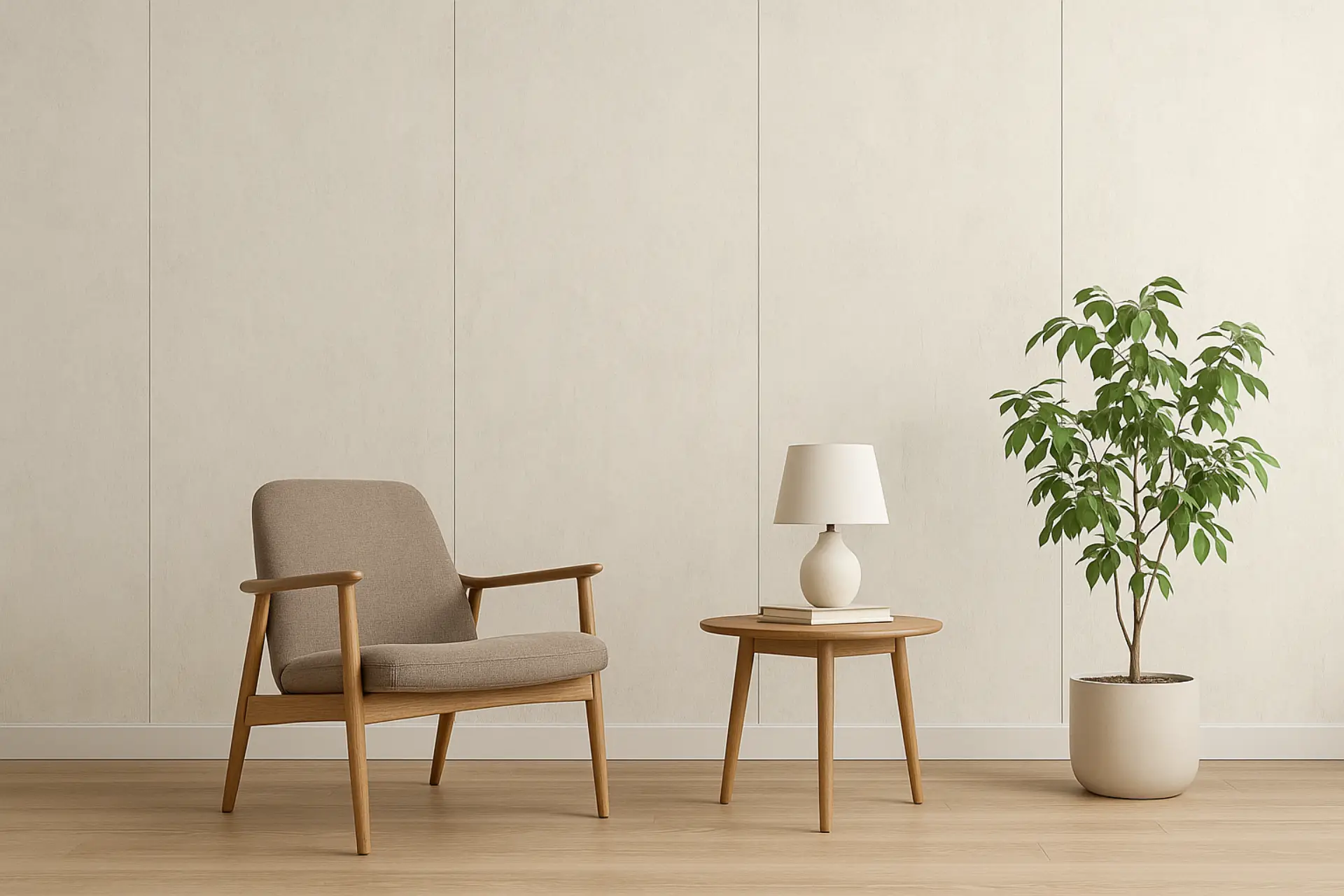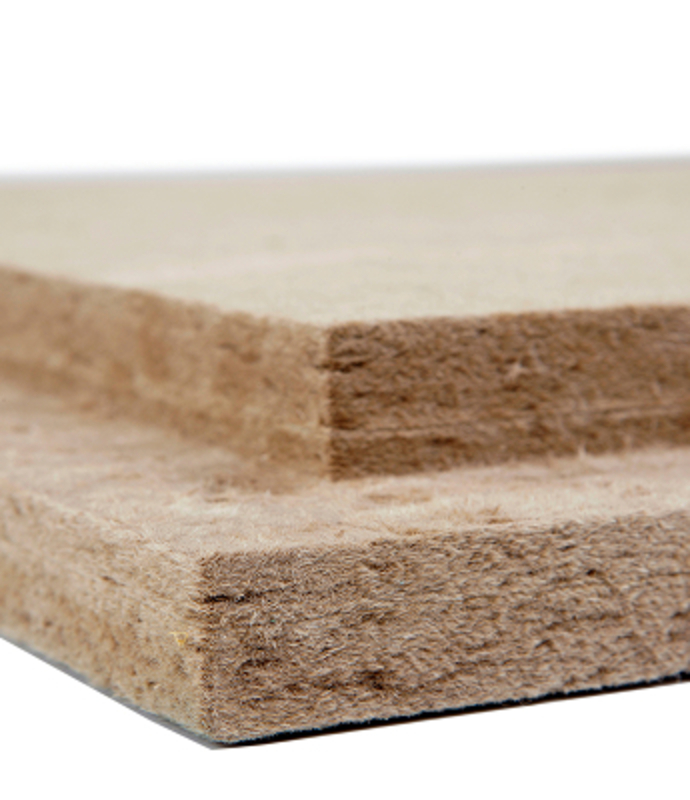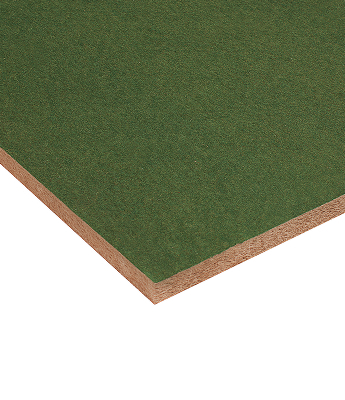ISOplaat -
Insulation Board
Product description
Enhanced insulation, soundproofing, and structural rigidity
ISOplaat Insulation Board is a woodfibre insulation board used for additional thermal insulation, support of loose insulation material, soundproofing, and structural rigidity in interior walls, ceilings, and floors.
ISOplaat Insulation Board’s dense and porous composition offers excellent thermal insulation, blocking heat transfer and maintaining energy efficiency. Additionally, these boards provide effective sound muting, reducing noise between rooms and floors and help to regulate humidity by preventing moisture-related damage to the insulation layer.
With their natural composition and advanced design, ISOplaat Insulation Board is a smart choice for sustainable and efficient construction and renovation for both commercial and residential buildings
Easy to
Handle
Thermal
Insulation
Noise
Reduction
Natural
Design
Saving
Resources
Need a different size? Contact us and let us know.
Usage
Thickness (mm)
Width (mm)
Length (mm)
Edge
product applications
Take a look at the product application page for suggested use
Browse for insights into the versatile possibilities enabled by our product range.
Related products
find a reseller
Interested in our products? Find your closest reseller here
See our list of current resellers to find your nearest source of Nordic Fibreboard products.
contact us
Get in touch with us!
- Rääma 31, 80044 Pärnu, Estonia
- +372 445 1800
- info@nordicfibreboard.com
Nordic Fibreboard Ltd OÜ
Reg. Code: 12503545
VAT: EE101652014
